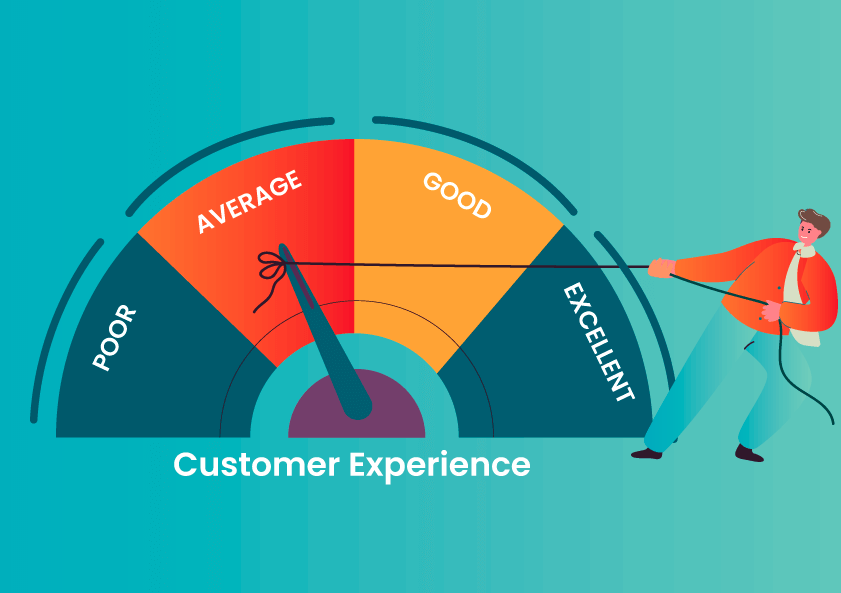Get WISER with Your AI Prompts - A guide for sales managers
Everyone’s wittering on about AI like it’s the second coming. But here’s the rub: if you give it half-baked prompts, you’ll get half-baked answers....
2 min read
 Chris Fell
16/11/2023 11:31:39 AM
Chris Fell
16/11/2023 11:31:39 AM

In today's competitive landscape, successful companies differentiate themselves by prioritising exceptional customer experiences across every touchpoint with their organisation. These days, customers expect suppliers to be easy to research, engage with, buy from, and get service from when they become a customer.
Yet, all too often, businesses face a substantial hurdle: The misalignment of their marketing, sales, and service teams. This disconnect results in fragmented customer journeys, undermining the very experience companies strive to create. The root of this issue frequently lies in the tech stack utilised by these organisations—a patchwork of disjointed tools that operate in silos, hindering alignment efforts.
There is a "Cobble Tax" that each organisation faces when it runs a disconnected set of tools. Each tool will have its own unique user experience, making adoption by users much harder. Moreover, a disparate tech stack complicates scalability and adaptability as the business expands. The repercussions are significant. In the short-term, it affects data management, drives higher development costs and overall TCO and limits the insights you have into prospect and customer engagement. In the longer term, this has a domino effect. An increasingly disjointed customer experience, more time and money spent on maintenance, poor personalisation when communicating with prospects and customers and increased partner costs.
1. A Single Source of Truth: Opt for tools that consolidate customer insights, allowing a comprehensive view of customer behaviour, preferences, and needs. This unified source empowers informed decision-making across teams.
2. An Intuitive Interface: Seek a user-friendly interface that promotes easy adoption by your teams. User experience is paramount as it directly influences widespread adoption and the ability to derive value from these tools.
3. A Unified Codebase: Choose tools that facilitate seamless data flow throughout the customer journey and your sales process. This unity streamlines operations and supports a synchronised customer experience.
Alignment: Aligned systems bolster your customer-facing teams' efforts and offer a 360-degree view of each customer, enhancing service delivery and engagement.
Easy Adoption: User-friendly systems foster accurate data-driven decision-making, putting the customer at the forefront of problem-solving initiatives.
Adaptability: Flexible tools allow for easy modification and growth as your business evolves and sophisticates.
Ease of Use: Prioritise tools that are intuitive, cohesive, and adaptable, enabling rather than hindering productivity.
Unified Data Model: Look for a powerful CRM system that serves as a single source of truth for all customer-facing teams.
Data-Driven Marketing Capabilities: Emphasise solutions designed to deliver personalised campaigns based on comprehensive data insights.
Robust Ecosystem: Ensure your chosen solution offers a reliable global ecosystem with a network of partners and seamless integrations to expand your software stack over time.
In conclusion, bridging the gap between marketing, sales, and service teams through integrated tools is critical in delivering superior customer experiences. Investing in unified systems not only aligns your operations but also propels your business towards sustainable growth and enhanced customer satisfaction. Look for a tech stack:
Want to discuss how you might achieve this? Feel free to contact us directly or book a time in our calendars at a time that suits you.
Subscribe to our latest news and updates on HubSpot.

Everyone’s wittering on about AI like it’s the second coming. But here’s the rub: if you give it half-baked prompts, you’ll get half-baked answers....

The business world is falling head over heels for AI—and who can blame it? With promises to reduce grunt work, uncover insights, and turbocharge...

Search is evolving - fast. For two decades, SEO has revolved around Google’s algorithm: keywords, backlinks, metadata, and page speed. But with the...